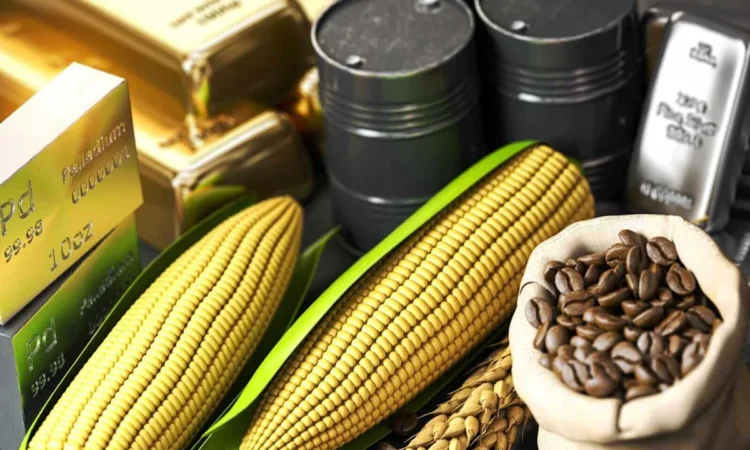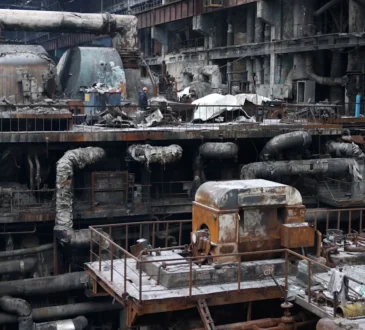
-
The last few years saw markets in the Softs sector soar to record highs due to adverse weather across key growing areas around the world, creating short supply situations.
-
On the other hand, gold and silver continue to skyrocket on continued strong global demand.
-
These two distinct market situations – short supply or new demand – create different long-term price expectations.
I’ve talked a lot recently about the historic rally in Metals, particularly gold and silver, bringing to mind some of what I’ve written in the past about the Softs sector. George K., my young friend from Greece, sent me an email asking about something I had written regarding the difference in the moves made by markets in these two sectors. Reading between the lines, he asked if the difference I was referring to was a supply driven rally and demand driven markets. He was spot on. But his question prompted me to write a more in-depth look at what this means.
Let’s start with some definitions. A supply driven market, usually a short supply situation, though it can be an oversupply issue (e.g. US wheat), means a market is racing higher as merchandisers and end-users push nearby/spot futures contracts in relation to deferred issues in an attempt to source supplies to meet demand. This often results in futures spreads and forward curves becoming inverted, or backwardated in New York terms, a telltale sign of a short supply driven market. In Grains and Softs, sectors made up of markets that are weather derivatives at heart, generally speaking, short supply situation situations are usually created by adverse weather.
The move in cocoa between 2020 and 2023 was tied to production problems caused by weather in western Africa where three of the top 10 largest producing countries can be found; Cote d’Ivoire (1), Ghana (2), and Nigeria (7) are located. Coffee has also been in the news of late after the spot futures contract hit a new all-time high of $4.4085 this past February and is still sitting near $4.00 in mid-October. Brazil, Vietnam, and Colombia are the world leaders in production, with early weather issues noted in both Brazil and Vietnam.
Another hallmark of short supply rallies is that they tend to end quickly, or as the old market saying goes, they come crashing back to earth with the next harvest. Therefore, we can say that a short supply situation (bullish or bearish, but usually bullish) creates a short-term change in price. Once the short supply situation is resolved, the market tends to fall back to previous price levels.


